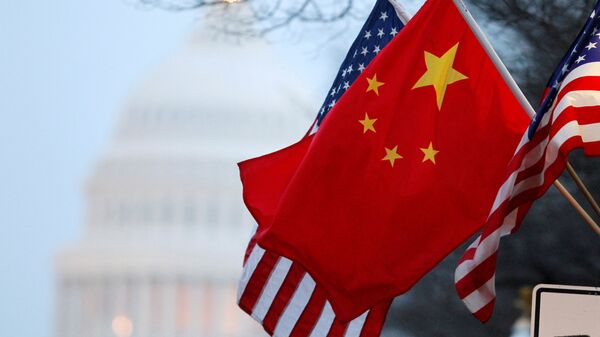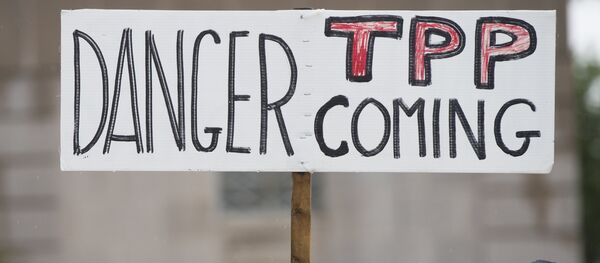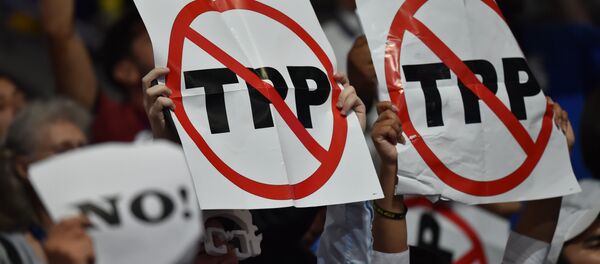Initially the parties to the deal were Australia, Brunei, Canada, Chile, Japan, Malaysia, Mexico, New Zealand, Peru, Singapore, the US and Vietnam. The initiative was planned to establish a free trade area in the Asia-Pacific region accounting for 40 percent of world GDP and 30 percent of global trade.
However, in January, US President Donald Trump signed an executive order on Washington’s withdrawal from the deal.
CCG experts concluded that in the current situation Beijing should take the chance and step in to replace the vacant place.
"Now, many TPP members are supporting China’s participation in the deal. By making an independent decision to join the TPP, China could fill in the void and improve international relations with the use of economic diplomacy tools," the report read.
The document noted that joining the TTP would be a beneficial factor for the creation of the Free Trade Area of the Asia-Pacific (FTAAP). The concept emerged in 2006 as one of the competing visions for the region and gained Chinese support alongside the China-led Regional Comprehensive Economic Partnership (RCEP), which is focused on Southeast Asia.
Moreover, Chinese analysts said that the decision would speed up integration processes in Asia and contribute to promoting China’s One Belt One Road infrastructure initiative.
Certain hopes are now pinned on China and joining the TTP would help China portray itself as an open economy ready for global cooperation, the report concluded.
Never miss a story again — sign up to our Telegram channel and we'll keep you up to speed!




